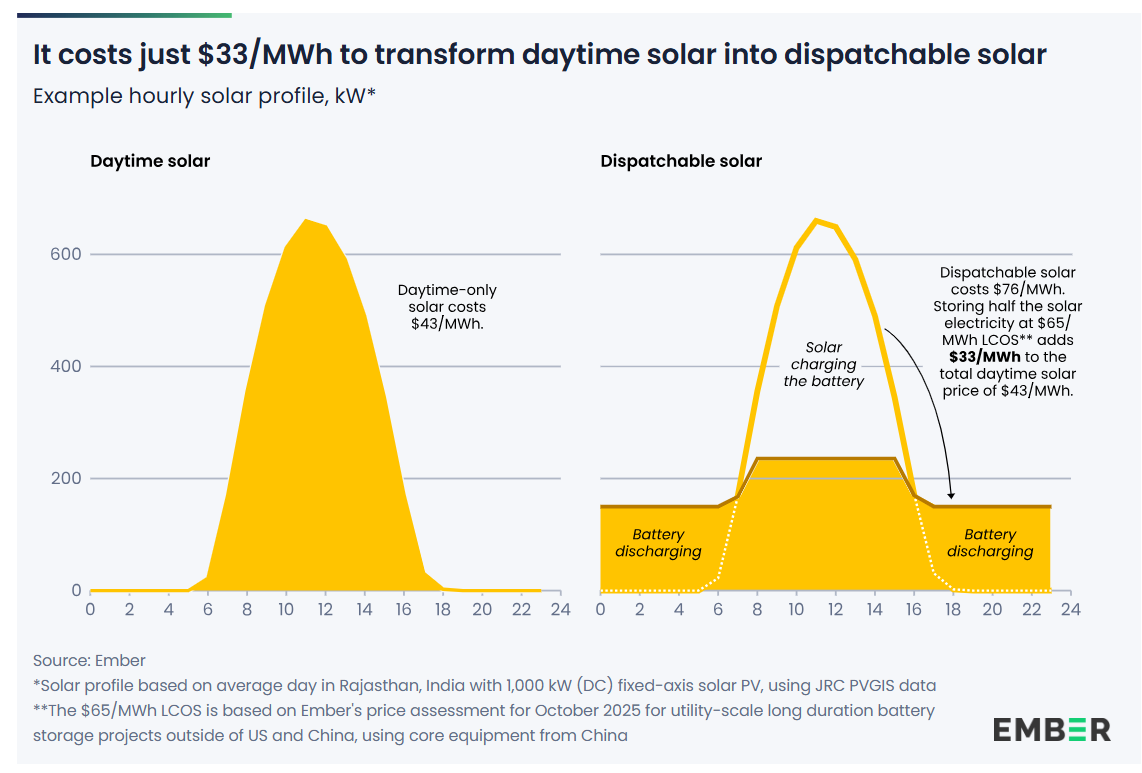Solar installer SunPower and home EV charging deployer Wallbox have reached a strategic alliance, a partnership the companies said enable their customers to make the switch to an electric lifestyle more conveniently, affordably, and sustainably.
Through the partnership, SunPower customers can opt to install a Wallbox EV charger at the same time as their solar and/or storage installation.
Wallbox’s Pulsar Plus chargers come with a standard J1772 EV plug, an app for scheduling EV charging, and power sharing for two or more chargers with adjustable current output, making them compatible with most EVs.
SunPower and Wallbox are also exploring the potential of backup power solutions incorporating the EV charger’s bi-directional technology into the solar and storage system.
EV sales are expected to grow from 2.5 million in 2020 to more than 31 million by 2030, which would account for about 32% of new car sales. Wood Mackenzie projects residential solar installations will grow 13% in 2021 alone, following record growth in 2020.
What’s more, there is a strong overlap between solar and EV customers, with about 40% of EV drivers already having home solar. The savings and carbon reduction achieved by an integrated home solar and EV system are expected to be significant.
(Read: “Home solar makes EVs cheaper, reduces emissions”)
A traditional gas-powered light-duty car costs about $1,260 a year to fuel, while an EV lands at about $1,058 per year when a public charger is used. With home solar, EV owners can power their car for as little as $415 annually, according to a new consumer report run by SolarReviews.

Image: SolarReviews
SolarReviews compared a gas-powered Hyundai Kona, and an all-electric Hyundai Kona, and found that in a 13,500-mile year, the gas-powered Kona would spend $1,260 on gas, while the EV charged at home would spend $662 per year in California, and as little as $450 per year in a state like Florida.
Over a 25-year span, a typical warranty period for home solar, SolarReviews estimated that charging an EV with home solar could lead to average savings of $16,250.
From a carbon standpoint, home solar performs the best as well, reported SolarReviews. Home solar has an implied emission of 368 lbs. of carbon dioxide per 3,780 kWh, while grid power and EV chargers stand at 1,531 lbs., and 450 gallons of gasoline (an equivalent to 3,780 kWh) would emit a whopping 8,830 lbs. of CO2.
This content is protected by copyright and may not be reused. If you want to cooperate with us and would like to reuse some of our content, please contact: editors@pv-magazine.com.









By submitting this form you agree to pv magazine using your data for the purposes of publishing your comment.
Your personal data will only be disclosed or otherwise transmitted to third parties for the purposes of spam filtering or if this is necessary for technical maintenance of the website. Any other transfer to third parties will not take place unless this is justified on the basis of applicable data protection regulations or if pv magazine is legally obliged to do so.
You may revoke this consent at any time with effect for the future, in which case your personal data will be deleted immediately. Otherwise, your data will be deleted if pv magazine has processed your request or the purpose of data storage is fulfilled.
Further information on data privacy can be found in our Data Protection Policy.